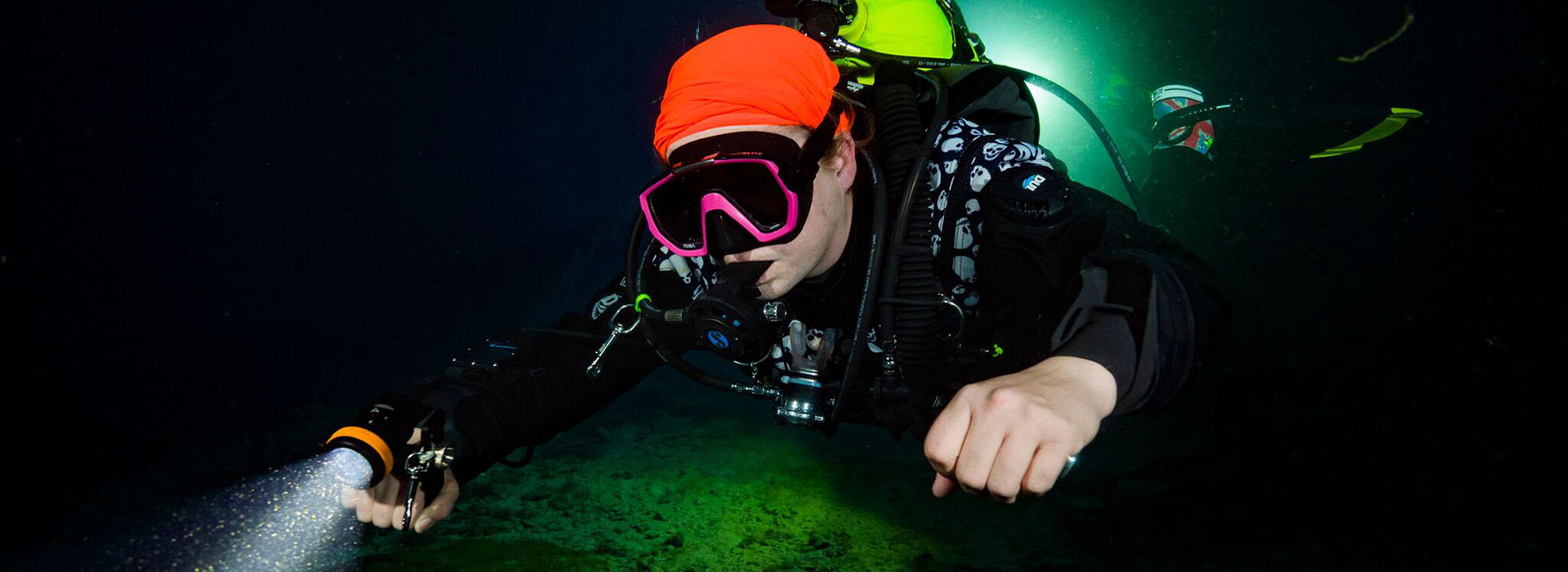Things You Should Know About Wreck Diving
Media Reports
Wreck diving is not only one of the most exciting forms of scuba diving, it is also open to every level. From the senic views of super shallow wrecks like the Pomonte on the island of Elba in Italy that can be explored even with a snorkel, over the colorful, reeflike wrecks in the read sea that offer attractive marinelife and spectacular views from the outside to the advanced sportdiver but at the same time can be explored inside by more technical trained divers penetrating their inside mysteries, to the real challenging deep wrecks of the north Atlantic that can only visited by highly trained technical divers all of them display the various facetts of the sport – history, photography, marine biology, research and exploration to name only a few.
Special thanks to our ambassador, Achim Schlöffel, for sharing these things about wreck diving with us.
1. Who is Suitable for Wreck Diving?
No matter what type of wreck you plan to dive, make sure it is within the limits of not only your training but also within your personal comfort zone, and don’t let group pressure and false pride lure you into situations that are outside of these limits. Good advice is to find a mentor who takes you under his or her wings and allows you to safely enjoy every step into this new world.
(Photo by Steffen Schmitt)
2. Dive Gear System
Besides the essentials for all diving activities like proper gas management and gear that is adjusted to the special needs of the dive, like guidelines for penetration dives, a good quality divelight is key for wreck diving. Besides the obvious need for a high lumen, long-lasting light and backup (!), even the nonpenetrating wreck diver will benefit from a divelight. It helps to see the natural beauty of the colorful marine life that settles on the wreck and allows even the diver who does not dare to explore the inner bowls of a shipwreck to have a peek inside through portholes and other openings. The OrcaTorch D920 handheld cordless primary dive light would be a good choice for wreck diving.
3. Famous Wreck Diving Locations
Famous wreck diving spots around the world:
- Truk Lagoon. Japanese fleet at the bottom of the Micronesian sea
- Egypt with wrecks like the Thistlegorm and others like the wreck of Shab Abu Nuas
- Florida Keys with plenty of historical and artificial wrecks for all levels of divers
- Malin Head Ireland – one of the hotspots in Europe for technical wreck divers
- Great lakes USA – freshwater Wreck heaven from shallow to super Deep with famous wrecks like the Gunilda
4. The Connection Between Wreck Diving & Marine Ecosystems
An old diver's saying is: leave nothing like bubbles – take nothing like impressions. This sums it up pretty nicely. Wrecks become reefs over time and are home to millions of organisms – fish, hard and soft coral, and plenty of other critters that make every wreck an ecosystem of its own. Its our responsibility ass divers to protect the underwater world that we say we love so much to preserve it for futor generations to come. This means on top of the above, to dive environmentally friendly, perfect buoyancy and trim along with proper fining techniques and a code of ethics that allows others after us to see what we saw and admired. Are you ready for your next dive? If you need any advice or lighting system solution, feel free to reach out to us! We are always happy to assist you.

(Photo by Jon Borg)

